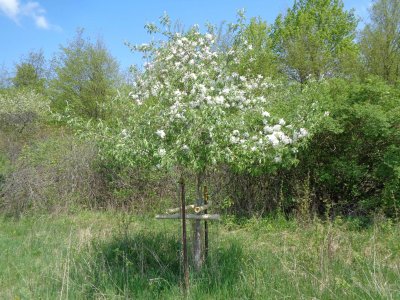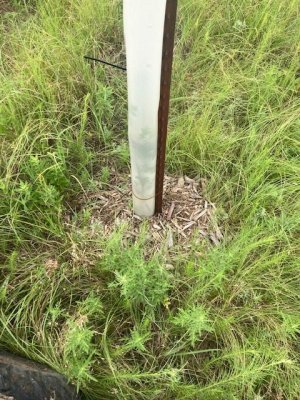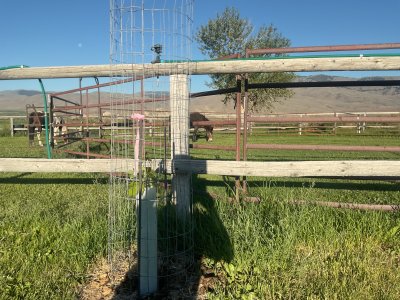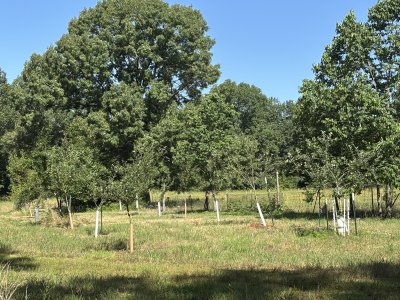Belo
5 year old buck +
I'm on year 2 of using grow tubes to plant persimmons, chestnuts and oaks. Most have done well with basic weed maintenance and spraying. I skipped weed mats as I only have about 15 or so total.
Last year I had deer eat the top off one of my chestnuts and this year found a new broken branch on a 2nd year oak that is poking through. At what point do you take the tube off? I would probably cage after the tube is off, but looking for recommendations. I've attached some pics below of trees that are in year 2, a few that are in year 1 as well as a chestnut that was planted from pots and caged.
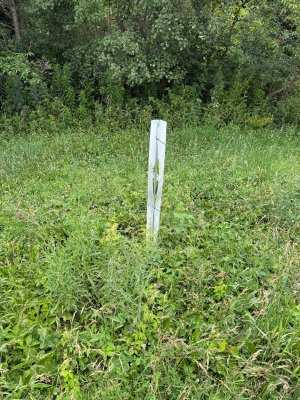
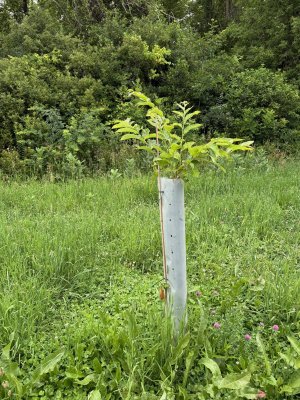
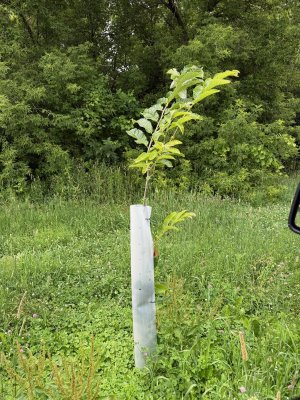
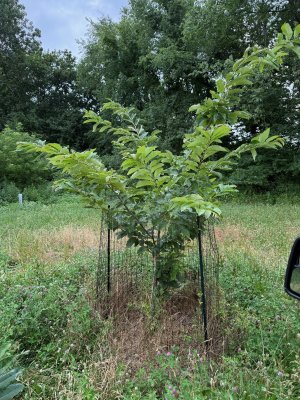
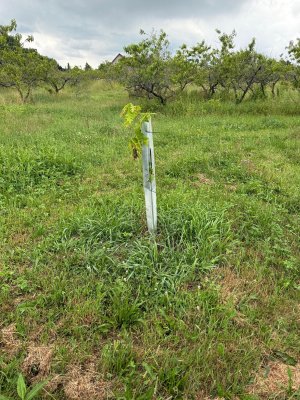
Last year I had deer eat the top off one of my chestnuts and this year found a new broken branch on a 2nd year oak that is poking through. At what point do you take the tube off? I would probably cage after the tube is off, but looking for recommendations. I've attached some pics below of trees that are in year 2, a few that are in year 1 as well as a chestnut that was planted from pots and caged.






